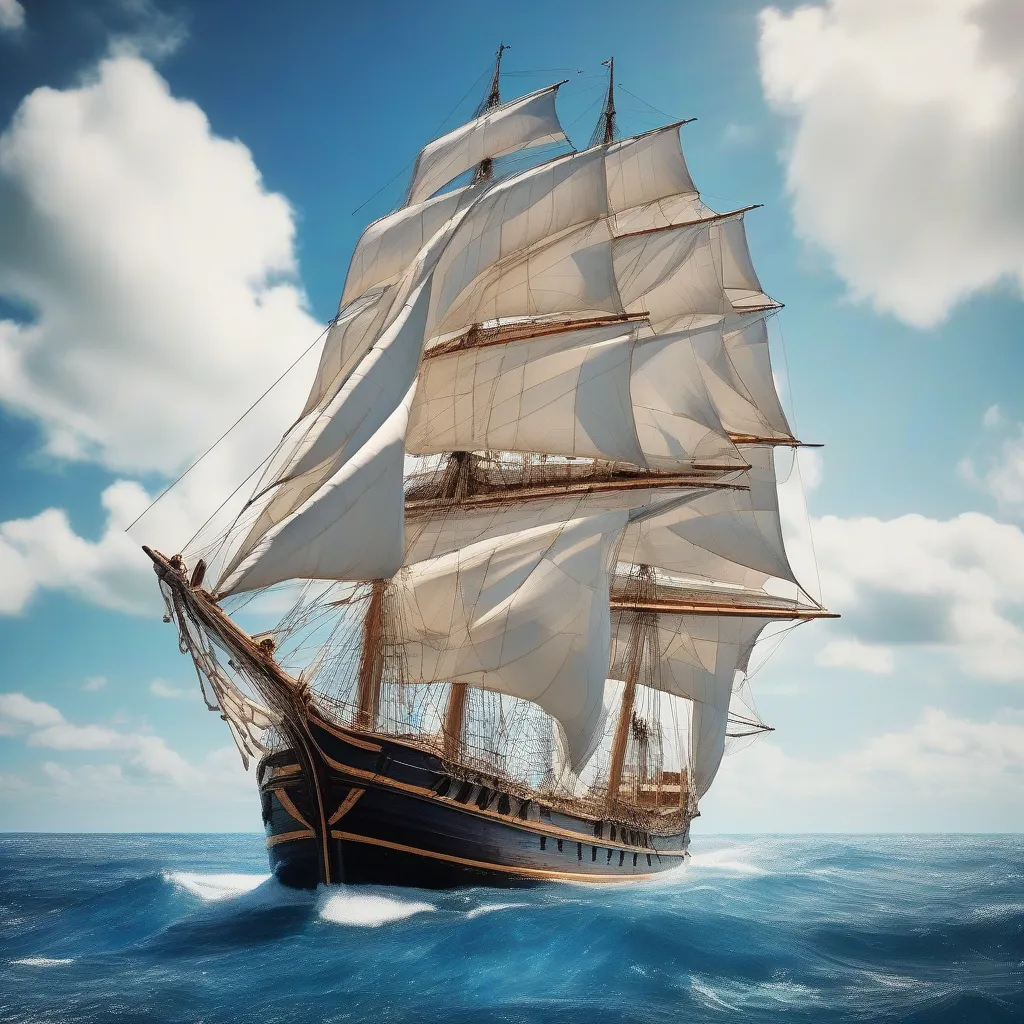Have you ever heard the riddle, “A boat traveled upstream for 3 hours, then turned around and came right back to its starting point in 2 hours. If the current was constant, how fast was the boat?” This classic brain teaser often stumps people, but it unveils a fascinating interplay between speed, time, and the unrelenting force of nature. Let’s dive into the mechanics of this journey and explore how it relates to real-life travel experiences.
Decoding the Journey: Speed, Time, and the Current
The riddle might seem tricky, but the key lies in understanding that the boat’s speed is affected by the current differently when traveling upstream versus downstream.
- Upstream: When traveling against the current, the boat’s effective speed is reduced. It’s like trying to swim against a strong tide – you’re pushing forward, but the current is constantly pushing you back.
- Downstream: Traveling with the current, the boat gets a speed boost. It’s like catching a wave – the current’s momentum adds to your own, making the journey faster.
Let’s break down the riddle:
- Upstream Journey: The boat traveled for 3 hours against the current. This tells us that the distance covered upstream is the boat’s speed minus the current’s speed, all multiplied by 3 (speed x time = distance).
- Downstream Journey: The boat returned to its starting point in 2 hours, traveling with the current. This means the same distance was covered, but this time, the distance is equal to the boat’s speed plus the current’s speed, multiplied by 2.
The Power of Equations
We can express this mathematically to solve for the boat’s speed:
Let:
‘b’ represent the boat’s speed in still water
‘c’ represent the speed of the current
Upstream equation: 3(b – c) = distance
Downstream equation: 2(b + c) = distance
Since the distance covered is the same, we can set the equations equal to each other:
3(b – c) = 2(b + c)
Solving for ‘b’ (the boat’s speed), we get:
b = 5c
This tells us that the boat’s speed in still water is 5 times the speed of the current.
Beyond the Riddle: Real-World Applications
This principle of opposing forces applies to many travel scenarios:
Kayaking on a River: Paddling upstream requires more effort and takes longer than paddling downstream, even over the same distance. Imagine kayaking on the Mekong River in Vietnam. The current can be particularly strong in certain areas, making the upstream journey a true test of endurance!
Flying with the Jet Stream: Airlines factor in jet streams (high-altitude air currents) when planning routes. Flights from west to east across the Atlantic often take advantage of the jet stream to reduce travel time and fuel consumption.
Sailing the Seas: Sailors have navigated currents for centuries. Ancient Polynesian voyagers used their knowledge of ocean currents and wind patterns to explore and settle vast areas of the Pacific.
 Sailing Ship on the Ocean
Sailing Ship on the Ocean
Planning Your Travels: Embracing the Flow
Just like the boat in our riddle, your travel experiences can be shaped by unseen forces. While you might not always be battling a literal current, understanding the concept of opposing forces can help you plan more efficiently:
- Research Your Destination: Before you embark on your next adventure, take the time to research potential obstacles like traffic patterns in major cities, seasonal wind changes for sailing trips, or even crowd flow at popular attractions.
- Embrace Flexibility: Just as the boat had to adjust its speed and course based on the current, be prepared to adapt your itinerary if needed. Unexpected delays or changes in weather can create opportunities for new discoveries.
- Consult travelcar.edu.vn: For expert advice and resources on navigating the world of travel, visit travelcar.edu.vn. We offer a wealth of information on destinations, travel tips, and more.
 Woman Consulting a Map
Woman Consulting a Map
FAQs: Navigating the Currents of Travel
Q: How can I find out about currents and weather conditions for my trip?
- A: Many travel websites and apps provide detailed weather forecasts and information about local conditions. You can also consult guidebooks or contact local tourism offices for more specific information.
Q: What are some examples of how Feng Shui principles can be applied to travel?
- A: Feng Shui emphasizes balance and harmony. When packing for a trip, try to pack mindfully, choosing items that spark joy and represent the experiences you want to attract. When choosing accommodation, look for places with good natural light and a sense of tranquility.
Embark on Your Own Journey of Discovery
Whether you’re planning a cross-country road trip or a transatlantic flight, remember the lesson of the boat and the current. By understanding the forces at play and embracing adaptability, you can navigate the world with confidence and create unforgettable travel experiences.